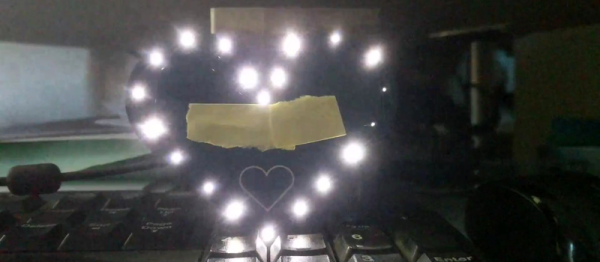Arc-fault circuit breakers are a boon for household electrical safety. The garden-variety home electrical fire is usually started by the heat coming from a faulty wire arcing over. But as any radio enthusiast knows, sparks also give off broadband radio noise. Arc-fault circuit interrupters (AFCI) are special circuit breakers that listen for this noise in the power line and trip when they hear it. The problem is that they can be so sensitive that they cut out needlessly. Check out the amusing video below the break.
Our friend [Martin] moved into a new house, and discovered that he could flip the breakers by transmitting on the 20-meter band. “All the lights in the place went out and my rig switched over to battery. I thought it was strange as I was certainly drawing less than 20 A. I reset the breakers and keyed up again. I reset the breakers again and did a [expletive] Google search.” Continue reading “Ham Radio Trips Circuit Breakers”


















